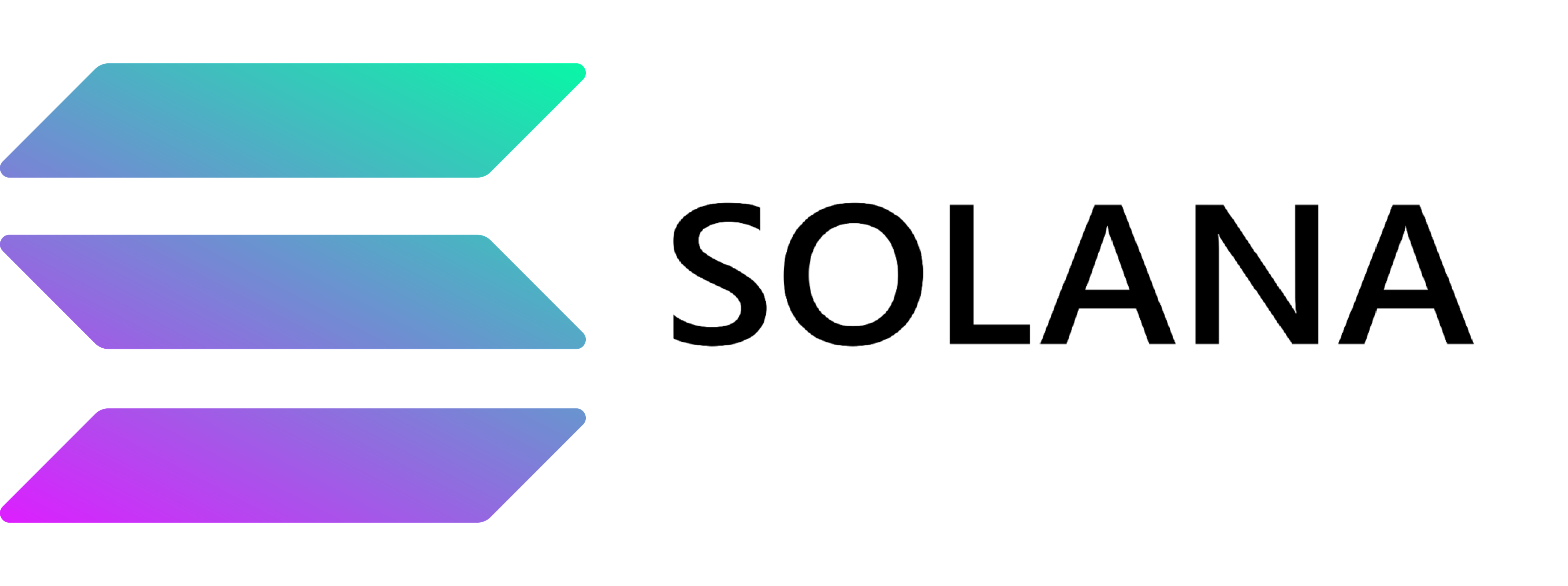If you’ve been keeping an eye on crypto, you’ve probably heard the name Solana thrown around a lot. It’s often dubbed the Ethereum killer because it’s fast, cheap, and reliable. While Ethereum has been dealing with crazy gas fees and scalability issues, Solana came along with a solution. It’s like the Tesla of blockchains: fast, sleek, and built for the future.
But don’t just take my word for it. Let’s dive into how Solana came to be, why it exploded in popularity, and what makes SOL the next-gen blockchain that’s ready to take over the space.
🏁 Solana’s Origins: How It All Began
Solana was created by Anatoly Yakovenko in 2017. Before founding Solana, Yakovenko worked at Qualcomm and Dropbox, where he gained experience with distributed systems and high-performance computing. After years of working in the tech world, he realized that existing blockchains like Bitcoin and Ethereum couldn’t handle the scale necessary for mainstream adoption, so he set out to build something faster.
The Solana Vision was clear: Create a blockchain that is super fast, scalable, and super cheap. It needed to solve the issues that many blockchain platforms struggled with, like slow transaction speeds and high costs, while still maintaining security and decentralization.
Key Features from Day 1:
- Speed: Solana was designed to process thousands of transactions per second (TPS) — much faster than Bitcoin and Ethereum.
- Low Fees: Solana’s transaction fees are crazy low (we’re talking less than a penny per transaction).
- Scalability: Solana uses innovative technology to scale horizontally without compromising decentralization.
💥 Solana’s Rise: When Did It Really Pick Up?
💣 2020: The Big Breakthrough
While Solana was conceived in 2017, it didn’t really start gaining mainstream attention until 2020. This was the year that the Solana mainnet went live, and the crypto world started taking SOL seriously. By then, Ethereum was facing scalability issues, and DeFi was booming — Solana seemed like the perfect solution.
Solana wasn’t just building another smart contract platform; it was creating an ecosystem that could handle real-world usage at scale. The Solana Mainnet launch in March 2020 was a pivotal moment. It brought real-world functionality to the platform, setting it up for growth.
🚀 2021: Solana’s Wild Ride 🚀
In 2021, Solana really started to take off. That was the year Solana became a household name. Several factors played a role in its meteoric rise:
- Ethereum’s Gas Fees: Ethereum was struggling with high gas fees and slow transaction speeds. Solana offered a much cheaper and faster alternative.
- Massive DeFi Growth: Solana’s blockchain became a hotspot for decentralized finance (DeFi). Platforms like Serum (a decentralized exchange) started popping up on Solana, offering a smooth experience that Ethereum’s high fees just couldn’t provide.
- NFTs on Solana: NFTs weren’t just for Ethereum anymore. Solana became the go-to platform for low-fee NFTs, and marketplaces like Solanart emerged to take advantage of Solana’s speed and efficiency.
- Rising SOL Price: All of this led to a massive price surge for SOL. By September 2021, Solana hit its all-time high of $259. Everyone was talking about Solana, and for good reason — it was handling thousands of transactions per second, and people were realizing that this blockchain could scale up without the growing pains Ethereum was experiencing.
🔥 Why Did Solana’s Rise Happen? What’s the Secret Sauce?
🌍 The Speed of Solana: High-Throughput Blockchain
Unlike Bitcoin and Ethereum, which struggle with scalability because of their consensus mechanisms (Proof of Work and Proof of Stake), Solana uses a hybrid model with Proof of History (PoH) and Proof of Stake (PoS).
- Proof of History (PoH): Solana’s signature tech, PoH, allows validators to timestamp transactions, making the whole process way faster. PoH helps Solana process up to 65,000 transactions per second (TPS) without breaking a sweat. Ethereum, for comparison, processes around 30 transactions per second. 🥵
- Low Fees: Solana is cheap. Like, ridiculously cheap. While Ethereum’s gas fees can skyrocket to $50 or more per transaction, Solana fees are often less than a penny. That means developers can build DeFi apps, NFTs, and smart contracts without worrying about fees eating into their profits.
- Speed: While most blockchains take minutes for confirmation times, Solana’s transaction speed is nearly instant, making it perfect for DeFi applications that require quick, reliable transactions.
💰 Institutional Adoption
By 2021, Solana had secured partnerships with major institutions, funds, and developers. Big names like FTX, Serum, and Chainlink began building on Solana, and this led to massive confidence in the network.
🤖 Solana Today: What’s Happening Now?
Now that we’ve covered the history and rise of Solana, let’s talk about what’s going on right now in the world of Solana. Here are the latest developments:
🏗️ Building the Ecosystem
Solana’s ecosystem has exploded in 2021 and 2022, with thousands of developers building on the blockchain. From DeFi protocols to NFT platforms, Solana has become a major hub for developers looking for scalable solutions.
- DeFi on Solana: The DeFi space is thriving on Solana, with platforms like Raydium (a decentralized exchange) and Anchor Protocol gaining traction.
- NFT Growth: Solana is a hotbed for NFTs, with creators flocking to the blockchain to mint their work for low fees. Solana-based NFT platforms like Solanart and Magic Eden are taking off.
- Solana Ventures: Solana has launched a $150M fund to accelerate growth in its ecosystem. This fund is focused on funding projects that bring real-world value to the Solana blockchain.
⚡ Solana’s Future: What’s Next?
Solana is far from done. In fact, the future looks even brighter:
- Scalability Enhancements: Solana is actively improving its scalability with innovations like Turbine (for bandwidth), Gulf Stream (for transaction processing), and Sealevel (for parallel transaction execution).
- Integration with Big Brands: As more traditional financial players adopt Solana, the blockchain will see more enterprise use cases and further institutional adoption.
- DeFi and NFTs: Solana will continue to be a major player in both the DeFi and NFT spaces, and the network is likely to see further integration with Ethereum-based projects via cross-chain bridges.
- Scaling to Web3: Solana’s vision is to power Web3 applications at a global scale. The blockchain’s tech is built for mass adoption, and it’s just getting started.
⚡ TL;DR: Solana (SOL) at a Glance
| Feature | Details |
|---|---|
| Launch Date | 2020 |
| Founder | Anatoly Yakovenko |
| Consensus | Proof of History (PoH) + Proof of Stake (PoS) |
| Speed | 65,000 transactions per second (TPS) |
| Cost | Less than $0.01 per transaction |
| Peak Price | $259 (2021) |
| Focus | Speed, scalability, and low-cost transactions |
| Ecosystem | DeFi, NFTs, dApps, gaming |
🏁 Solana: The Future is Fast 🚀
So, why is Solana so special? It’s not just about being fast or cheap; it’s about being efficient and scalable enough to handle the future of Web3. Solana has solved problems that have plagued blockchain technology for years, and it’s doing it at scale.
Solana may have had a slow start, but its explosive growth in 2021 and beyond shows that it’s here to stay. Whether you’re into NFTs, DeFi, or just interested in blockchain tech, Solana is the platform to watch. 🌐
Keep an eye on SOL — it’s the speedster that could become the go-to blockchain for mass adoption.





